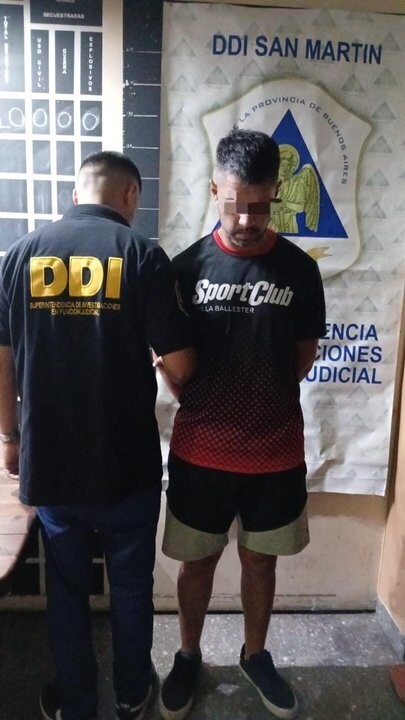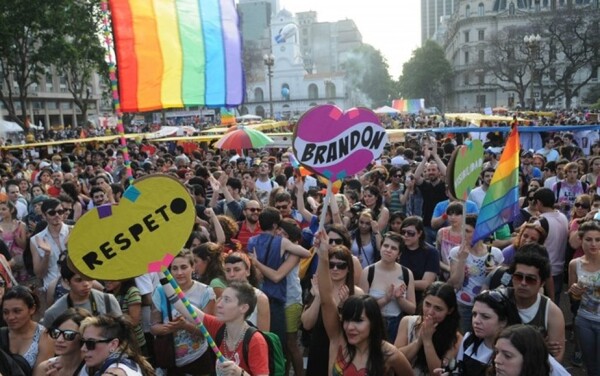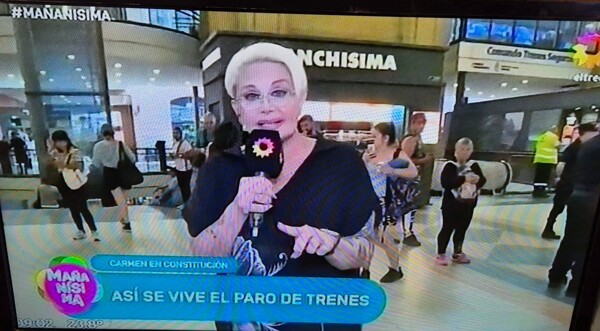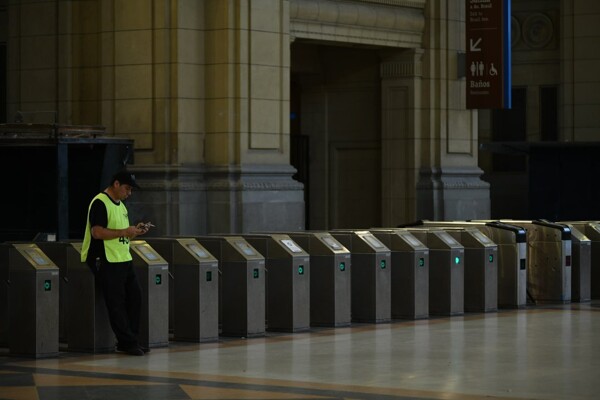The Argentine Patriotic League is an organization that rises in opposition to what it considers a "rabble without God, Country, or Law." In its founding document of April 18, 1919, it makes it clear that the League stands against forces that, according to them, seek to impose dreadful ideals on society and the individual. This stance is reinforced by the assertion that they do not admit cowards and the sad into their ranks.
The origin of the League dates back to the strikes of 1918, which generated desperation among prominent members of Argentine society. Over the years, with events such as the murders of Mariano Ferreyra and teacher Fuentealba, the disappearance of Julio López, and the growth of the repressive apparatus in the country, the League sees its influence increase. Under governments like that of Milei, public freedoms are restricted, and repression occurs in the name of the Constitution, undermining labor gains and justifying economic crises with decisions backed by democratic votes.
The members of the Argentine Patriotic League were characterized by their nationalism and Catholicism. They formed terrorist organizations such as "Social Order" and "White Guard," evolving into the Patriotic League and the "Pro Argentinism Committee." These armed brigades had police, military, and financial support from employer entities. In the 1930s, armed bodies inspired by Mussolini's fascist model were organized, such as the "Argentine Civic Legion," to attack union headquarters and anarchist locales, spreading terror in the streets.
The actions of the Patriotic League included numerous attacks on labor centers and meetings during the "Tragic Week" in Buenos Aires. They even unleashed violence during a peaceful demonstration in Gualeguaychú in 1919. With the support of members of society, the League was officially structured as an organization on January 16, 1919, recruiting members from various associations and entities of the time.
The history of the Argentine Patriotic League intertwines with moments of repression and hatred in Argentine society, from its participation in violent events such as the murder of Luisa Lallana in 1928 to its role in the persecution of labor and union movements. This historical journey evidences a recurring tendency to resort to violence and repression in the name of the supposed defense of the Homeland and Order.














